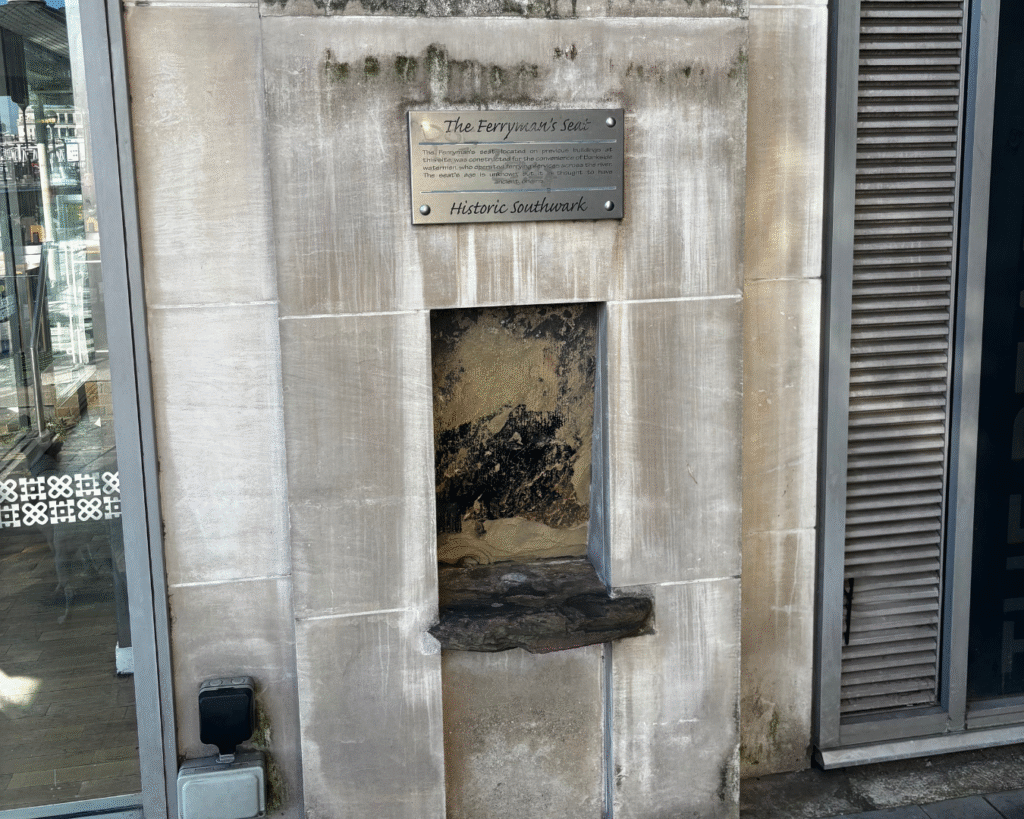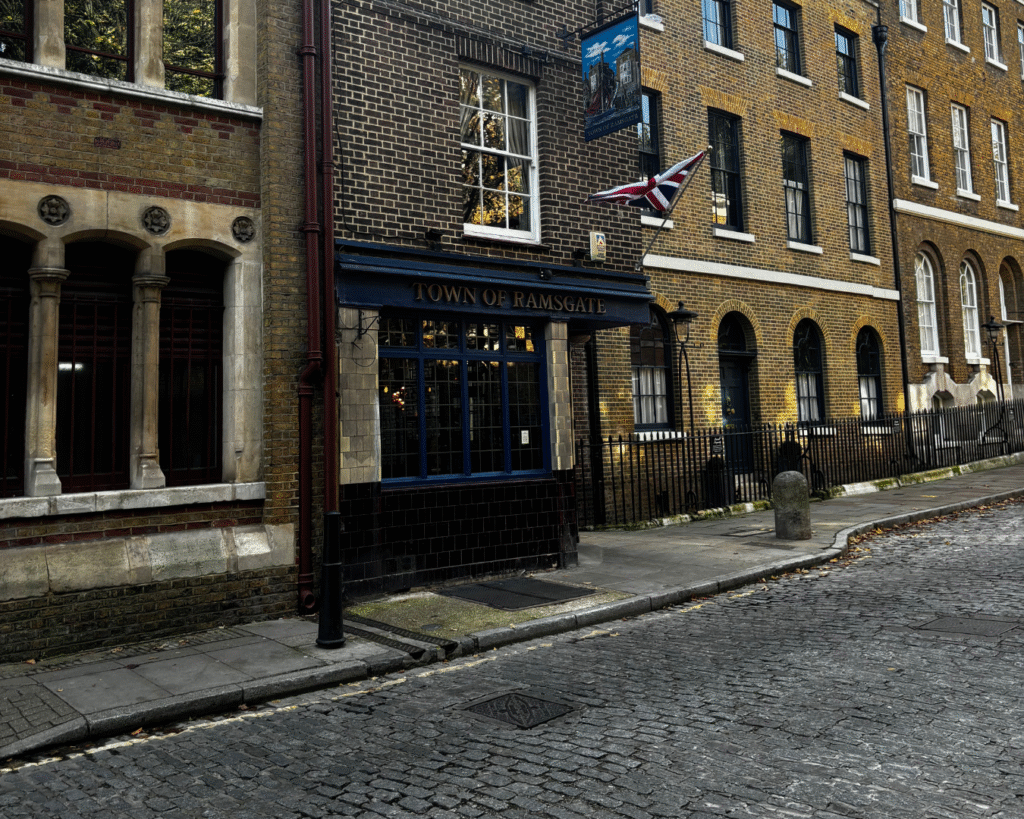
As any good story starts with a drink, any good tale of London often starts with the Thames, and naturally enough pubs take centre stage!
Before we had the Tube, the main way to get around was by river, London’s first commute. Every stretch of the Thames had its own stairs leading down to the water. The more well heeled areas in the western reaches of the city had private ones, but in the east, the working class heartbeat, beside many of the public stairs stood a tavern or an inn.

The men who worked the river, Watermen, ferried passengers setting them down and picking them up at these stairs which would go on to become known as Waterman stairs. These were inlets carved into the bustling riverbank, allowing Londoners to step off the cobbles and onto the choppy, dark, dank old dog of the Thames.

One of the most popular jaunts was between the City, full of the learned and the lawful, and the southern shore at Southwark (location of our flagship tour — link to book here), where the thrills were anything but respectable. The area was full of bear-baiting, brothels and boozers, even a monk would struggle to keep his trousers up.
A Ferryman’s seat still exists on Bankside today, where one would have once waited for a punter wanting a jaunt back to the northern bank and civility after an evening of frivolity.

These fellas were no small-time boatmen though. Collectively they formed a formidable force and for centuries, they blocked the construction of new bridges across the Thames. Bridges would’ve been the death knell for their trade, so through the Watermen’s Company, they lobbied Parliament relentlessly, protecting their patch. Their efforts were effective and from circa 50AD to 1750, London Bridge stood alone as the only crossing in Central London. But when Westminster Bridge finally opened, it opened the floodgates to a dozen or so others over the next century and trade dried up fast as city folk took to carriages and footbridges instead of ferries.
But those riverside pubs remained. The Watermen might be gone, but the boozers stayed, often the last visible link to that old river life.
The Town of Ramsgate, The Angel and The Prospect of Whitby all owe their location to those stairs, and to the rivermen who made the Thames London’s real main street.

Love London pubs? Get our bi-weekly newsletter: fresh blogs, old boozers, great yarns.